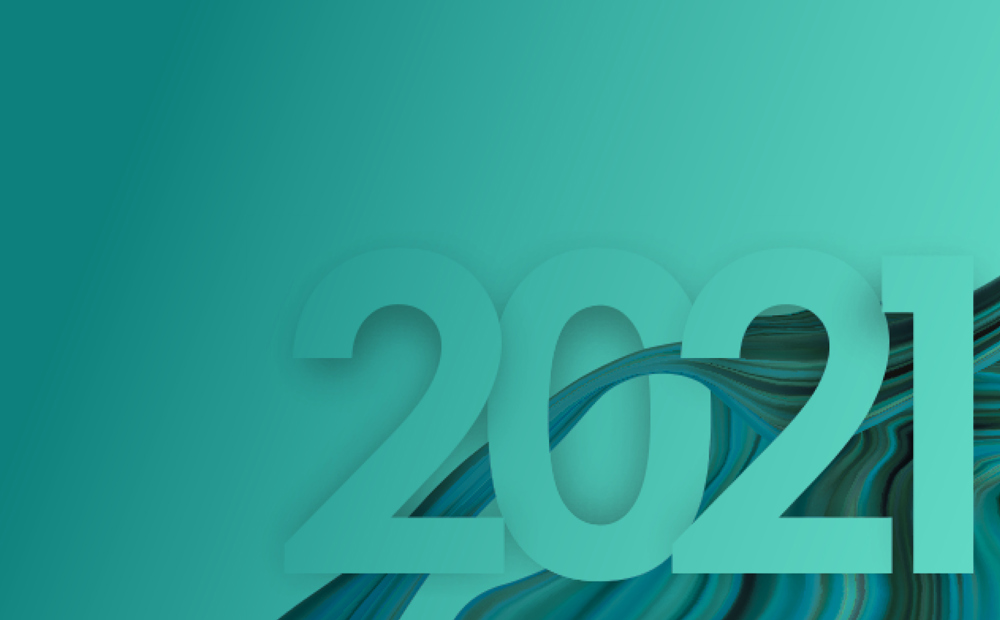
Cognitive diversification
Today, diversity of all kinds is one of the most prominent topics in society (probably tied with climate change, which Terence covered few months ago1). And investors tend to have the same difficulties with diversity as they do with climate change – they keep being told it’s an important thing, but there’s precious little detail beyond the headlines. What does diversity mean for portfolios, and for investments?
At 7IM, we talk about diversification a lot. Anyone familiar with us will know that we’ve been thinking and talking about portfolio diversification for two decades, and I can assure you the next two decades won’t be any different.
But we’ve also been keen students and practitioners in the field of diversification of thought, which has had a bit of rebrand in the last few years to become the more formal discipline of “cognitive diversity”. It’s a fascinating area, and one that investors aren’t going to be able to ignore.
Is it important?
If you want to know what’s important in fashion, food, or music, you follow the influencers on Instagram, YouTube and TikTok. In the investment world, you don’t get more influential than the three bodies responsible for running the UK financial system.
The Financial Conduct Authority, the Bank of England and the Prudential Regulation Authority have a fifty-five-page paper2 in which they emphasise that diversity of thought is “critical”, “essential”, and “required” to see the kind of progress that they want in the financial sector.
#FeelsImportant.
What is it?
Diversification of thought, as we call it, is not a revolutionary concept.
Firstly, it’s about acknowledging the fact that different individuals think in different ways about the same thing. And secondly, it’s about acknowledging that those different perspectives can give a fuller picture of the whole.
Most of us know this intuitively. When we ask for someone else’s opinion on a shade of paint, or a film recommendation, or an outfit choice, we’re looking for another viewpoint. Or if there’s a problem we need to solve, there are people we know give us good advice. It’s about bringing more than just your own brain to the party; it’s using someone else’s too.
Like I said, not revolutionary! It’s just that there hasn’t been much serious research until recently, largely because thoughts are harder to measure than other things we do.
Why is it important?
Even though we all know about – and even rely on – cognitive diversity in our day-to-day lives, it can quickly become lost at an organisational level – whether that’s in business, or policy, or sport. Once someone is part of something bigger than them, they tend to find their views converging towards the average. This tendency is commonly called groupthink3.
A part of the problem is our biology. Over hundreds of thousands of years, much of our evolutionary advantage was based on working together when other species couldn’t. Whether it was coordinating on a hunt, pooling resources to create a settlement, or banding together against outsiders, sticking with the herd was almost always the best choice. Someone with a significant difference in opinion risked being outcast. And that potentially meant death.
Another part of the problem is the way our modern society creates groups. Most organisations over the past centuries have followed the principle of homophily – maybe better known as “birds of a feather flock together”. In general, someone creating a group will tend to favour including people who are similar to themselves. And once that’s the case, it ends up being incredibly easy for challenge and discussion to evaporate; everyone prioritises agreement over analysis.
The problem is that modern problems don’t tend to be simple. Building a new consumer product, or changing a tax code, or winning a league needs more than just working together4. You need people to suggest different things.
Innovation needs the output from the group dealing with it to be greater than the sum of the people in the group. It needs challenge, discussion, and analysis. It needs people to help remove each other’s blind spots. It needs cognitive diversification.
So, what can we do to improve cognitive diversification?
Build diverse teams
Making sure that teams are composed of people from different demographics is an obvious first step. Having a mixture of genders, ages, educational experiences and ethnicities has been shown to improve team performance.
But it’s also important to remember that cognitive diversity isn’t necessarily observable. Consider two candidates applying for a job, both of the same ethnicity and gender, and the same age and education level. If I were to say that one of them does cryptic crosswords for a hobby, whilst the other is a portrait painter, would your mental picture of them diverge?
As to who would be better at the job, it depends on the team they might be joining. If it’s a team full of crossword enthusiasts, a little artistic vision might be called for, whereas if it’s a team of painters, perhaps some lateral thinking might help improve results.
Encourage diversified views
Of course, it’s not enough to build a diversified team – you need to make sure that the benefits of different views are realised. A diverse team that doesn’t communicate properly is no better than a team of identical clones.
There are lots of different ways to do this. Some that we use on the Investment Management team at 7IM include:
- Reverse seniority in voting. Junior members go first so as not to become biased by more senior team members.
- Quick-fire quarterly idea meetings where each member of the team has 5 minutes to propose an out-of-the-box idea not currently in portfolios.
- Assigning a “red team” to take the opposing view to every proposal, therefore encouraging dissent and discussion to help us see the bigger picture.
Even though we all know about – and even rely on – cognitive diversity in our day-to-day lives, it can quickly become lost at an organisational level – whether that’s in business, or policy, or sport.
1https://www.7im.co.uk/financial-adviser/news-views/when-good-weather-is-bad-news
2https://www.fca.org.uk/publication/discussion/dp21-2.pdf
3 Janis, I. (1982). Groupthink. Boston, MA: Houghton-Mifflin.
4 A significant body of academic work supports this, but I’d recommend reading Matthew Syed’s “Rebel Ideas” to start with.
Any reference to specific instruments within this article does not constitute an investment recommendation.
Discover more



I confirm that I am a Financial Adviser, Solicitor or Accountant and authorised to conduct investment business.
If you do not meet this criteria then you must leave the website or select an appropriate audience.

